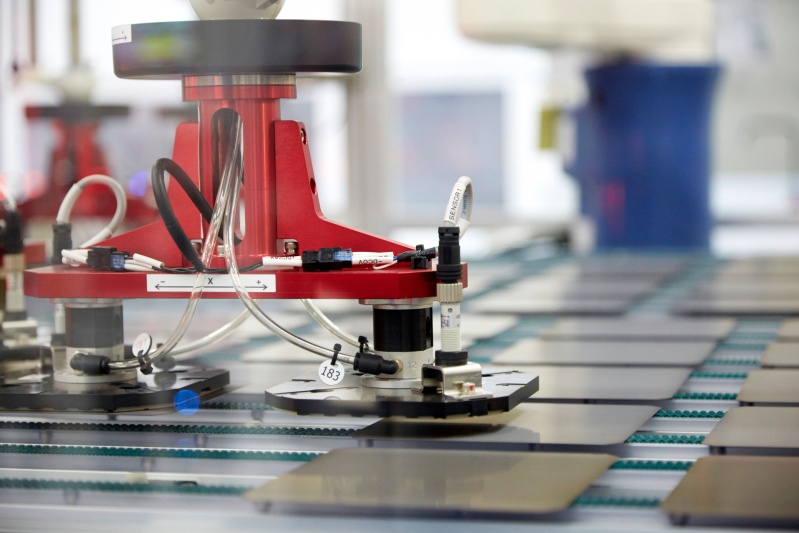Since President Trump took office the U.S. solar industry has endured 30% global tariffs on solar cells and modules under Section 201, global tariffs on steel and aluminum under Section 232, tariffs on Chinese inverters under Section 301 and tariffs on Chinese solar cells, also under Section 301.
These are in addition to the anti-dumping and countervailing duties on solar cells and modules from China and Taiwan launched in two separate rounds in 2012 and 2014 under the Obama Administration.
And today the U.S. International Trade Commission has launched yet another trade investigation, this time narrowly focused on three cell and module makers – JinkoSolar, LONGi and REC Group* – based on a claim by Hanwha Q Cells that these companies have infringed on the company’s specific form of Passivated Emitter and Rear Cell (PERC) design.
This follows on the filing of lawsuits by Hanwha Q Cells against the three manufactureres in courts in both Delaware and Germany.
The ITC investigation is being launched under the auspices of Section 337 of the Tariff Act of 1930, which governs both patent infringement and unfair trade. Through this investigation, Hanwha Q Cells is seeking to bar these companies from importing their PERC cells into the U.S. market.
Q.ANTUM vs. PERC
The central claim that will be investigated is whether or not Jinko, LONGi and REC infringed on Q.Cells passivation technology, which is part of its Q.ANTUM cell design.
Popular content
Q.ANTUM is a form of PERC, which has become the most widely adopted high-efficiency cell design globally. PERC can boost cell efficiencies at a minimal cost without having to overhaul the entire cell architecture, as is required with Interdigitated Back Contact (IBC) and other high-efficiency designs.
Hanwha has long maintained that Q.ANTUM is substantially different from other PERC designs, but there is significant disagreement about the patents in question under which Hanwha is filing the suits and investigation. LONGi has stated that its cells are not subject to these patents, which they say are based on Atomic Layer Deposition (ALD) processes, as they use a Plasma Enhanced Chemical Vapor Deposition (PECVD) process for passivation.
However, Hanwha maintains that the patent covers both ALD and PECVD processes, and that the resulting cell design is what is covered.
pv magazine had not yet received responses from LONGi, Jinko or REC Solar regarding this latest development by the time this article was published, and we will publish additional information and responses from these companies as they become available.
This content is protected by copyright and may not be reused. If you want to cooperate with us and would like to reuse some of our content, please contact: editors@pv-magazine.com.


By submitting this form you agree to pv magazine using your data for the purposes of publishing your comment.
Your personal data will only be disclosed or otherwise transmitted to third parties for the purposes of spam filtering or if this is necessary for technical maintenance of the website. Any other transfer to third parties will not take place unless this is justified on the basis of applicable data protection regulations or if pv magazine is legally obliged to do so.
You may revoke this consent at any time with effect for the future, in which case your personal data will be deleted immediately. Otherwise, your data will be deleted if pv magazine has processed your request or the purpose of data storage is fulfilled.
Further information on data privacy can be found in our Data Protection Policy.